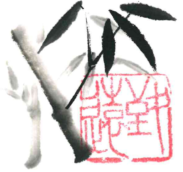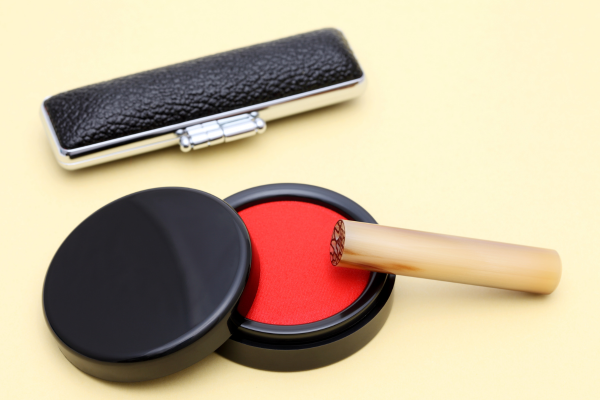The Japanese painting, known for its delicacy, meditation, and stylized beauty, has fascinated art lovers around the world for centuries. This art, which combines simplicity and complexity, requires a special set of tools that, in the right hands, can create true masterpieces. In this post, we will explore the essential tools you will need to embark on the exciting journey of Japanese painting.
The brushes in Japanese painting
Fude: the Japanese brush
The Fude, or Japanese brush, is the main tool in Japanese painting. Brushes vary in size, shape, and hair type, and each one has a specific purpose. For example, the horsehair brush, known for its stiffness, is excellent for fine, detailed strokes. Goat hair brushes, on the other hand, are softer and are used for wider, more fluid strokes. Furthermore, there is a range of hybrid brushes that mix different types of hair to provide unique versatility.
The importance of brush handling
Brush handling is a crucial part of Japanese painting. Unlike the Western brush technique, where the brush is typically held at an angle, in Japanese painting, it is held more vertically. This approach allows for greater precision and control over the strokes. Mastery in brush handling is acquired through practice and is one of the most challenging but rewarding skills for a Japanese painter.
The ink in Japanese painting
Sumi: the black ink
In Japanese painting, black ink, known as Sumi, plays a central role. Produced from soot and glue, this ink is traditionally solid and requires being ground on an ink stone, or Suzuri, with a little water before use. This meditative process of preparing the ink allows the artist to connect with their work on a deeper level, calming their mind and focusing on the task at hand.
The variation of tones and their meaning
In Japanese painting, Sumi ink can be modified to produce a variety of gray tones. By adding more water, you can achieve a lighter gray, while less water results in a deeper black. These tones not only provide depth and dimension to the painting but can also convey a range of emotions and symbolism. For example, dark tones can evoke seriousness and solemnity, while lighter tones can convey softness and tranquility.
The paper in Japanese painting
Washi: Japanese paper
Washi, or Japanese paper, is an integral part of Japanese painting. This handmade paper, produced from long fibers of various plants, has a smooth, durable texture that absorbs ink well. Washi provides a receptive canvas that allows the ink to flow freely, creating fluid and delicate forms that are the hallmark of Japanese painting.
The technique of painting on paper
The technique of painting on Washi requires a careful approach. Since the ink can spread or “bleed” if applied with too much water, artists must precisely control the amount of ink and water on their brush. This careful balance between control and fluidity is one of the key skills every Japanese painting artist must develop.
Other essential elements in Japanese painting
Hanko: personal seal
The Hanko, or personal seal, is another essential tool in Japanese painting. Artists use their Hanko to sign their works, marking their artwork with an unmistakable personal imprint. This seal, usually inked in red, is carefully placed on the finished painting, often in a corner of the work.
The importance of the environment
The environment also plays a crucial role in Japanese painting. A quiet and orderly space can help cultivate the right mindset for painting. By creating a clean, distraction-free, and well-organized painting space, you are giving yourself an environment that allows you to focus entirely on your art.
In conclusion, every tool in Japanese painting has its purpose and its place, and all together they help create a unique and exquisite piece of art. By mastering these tools and understanding how to work with them, you can begin your own journey into the wonderful world of Japanese painting, creating pieces that are not only visually stunning but also an expression of your own artistic vision and your connection with the Japanese artistic tradition. Through the careful choice and use of these tools, every artist can find their own path to beauty and authenticity in Japanese painting.


